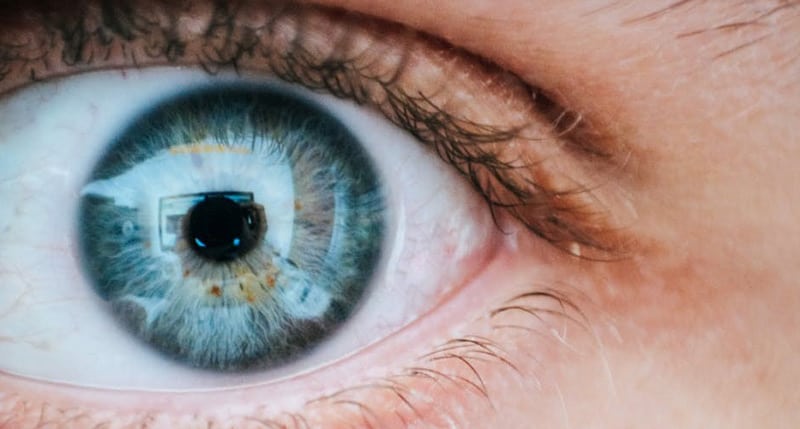
26 Jul Dry Eye Disease: Diagnosis and Treatment
Dry Eye Disease occurs when your body doesn’t produce enough tears or the tears produced are not high enough in quality to create a nourishing, lubricating tear film over the front of the eye to protect it.
The condition is progressive and often gets worse as you age. It has a myriad of causes including age, gender, medications, medical conditions and environmental factors.
Diagnosing Dry Eye
During your annual comprehensive eye exam, your eye doctor will ask specific questions to establish your health history, any medical conditions you have, medications you take, and environmental factors that may impact your eye health.
If you’re at risk for Dry Eye or exhibiting symptoms of the disease, your optometrist may conduct additional testing to determine whether your tear film is stable and of good quality.
One strong determining factor in diagnosing Dry Eye is patient experience: If you are suffering from dry, itchy eyes, are experiencing blurred vision, have difficulty focusing or wearing contact lenses, your optometrist will likely conduct further testing to determine whether you have Dry Eye.
Treating Dry Eye
Because there are a number of factors that contribute to Dry Eye disease and everyone’s experience with it is unique, there are multiple approaches to treating the condition. Unfortunately, there’s no “one size fits all” solution for Dry Eye disease, but your optometrist will recommend a treatment protocol created especially for your symptoms and background. For some patients, more than one approach may be required to alleviate discomfort.
Adding tears. In mild cases, Dry Eye symptoms can sometimes be alleviated with artificial tear drops that are available without a prescription at your local pharmacy. Ask your eye doctor which brands he or she recommends.
Conserving tears. Keeping the naturally occurring tears your body produces in the eyes for longer can help alleviate Dry Eye symptoms. To do so, your optometrist may plug the small ducts in your inner eyelids where tears drain out of the eyes, thus keeping more tears in the eyes for an extended amount of time. Tiny removable silicone plugs can temporarily block the ducts at the corner of your eyelids. In extreme cases, tear ducts can be surgically sewn shut. Increasing the amount of tears in the eye helps reduce Dry Eye irritation.
Treating Meibomian Gland Dysfunction (MGD). Your meibomian glands, located in both the lower and upper eyelids, produce oils that prevent tears from evaporating too quickly. When they aren’t functioning correctly or become clogged, Dry Eye symptoms appear. If your optometrist finds evidence of MGD, he or she may recommend warm compresses, Omega-3 fatty acid supplements, a procedure called LipiFlow or a treatment called iLux. Both LipiFlow and iLux work by warming the inner and outer surface of the eyelids and using gentle pressure to help melt and remove the waxy secretions blocking the meibomian glands.
Increase production of tears. Prescription eye drops can help to increase your tear production. In addition, certain supplements may be prescribed to help your body produce higher quality tears.
Lowering inflammation. If your Dry Eye is the result of inflammation of the eye surface or eyelid, prescription eye drops to lower inflammation may help.
In addition to the treatments your optometrist recommends, it’s essential to blink regularly when staring at computer or phone screens for long periods of time. If you’re staring at a screen for hours, be sure that every 20 minutes, you close your eyes purposefully and intentionally for at least two seconds.
If you suspect you may be experiencing Dry Eye disease symptoms, schedule an appointment with your optometrist to discuss treatment options. Dry Eye can impact your productivity at work and have an adverse effect on your social and psychological well-being, so it’s important to address the problem as soon as you recognize it.



Sorry, the comment form is closed at this time.